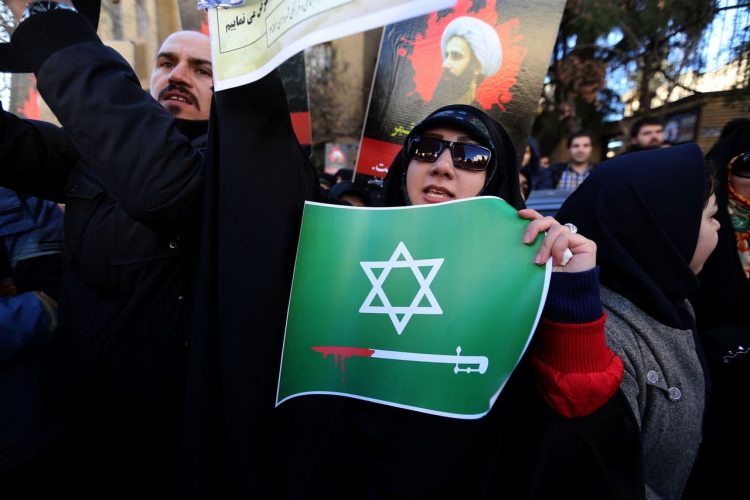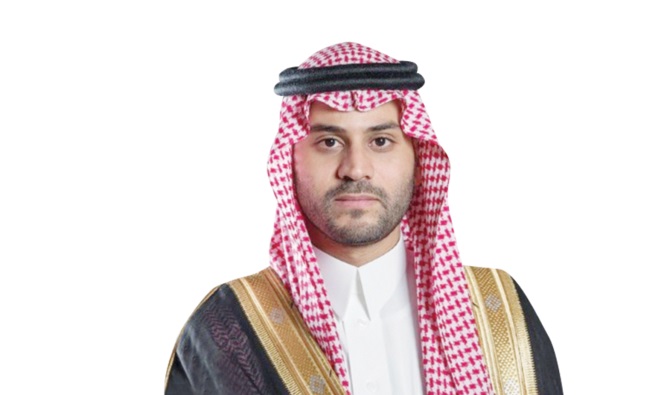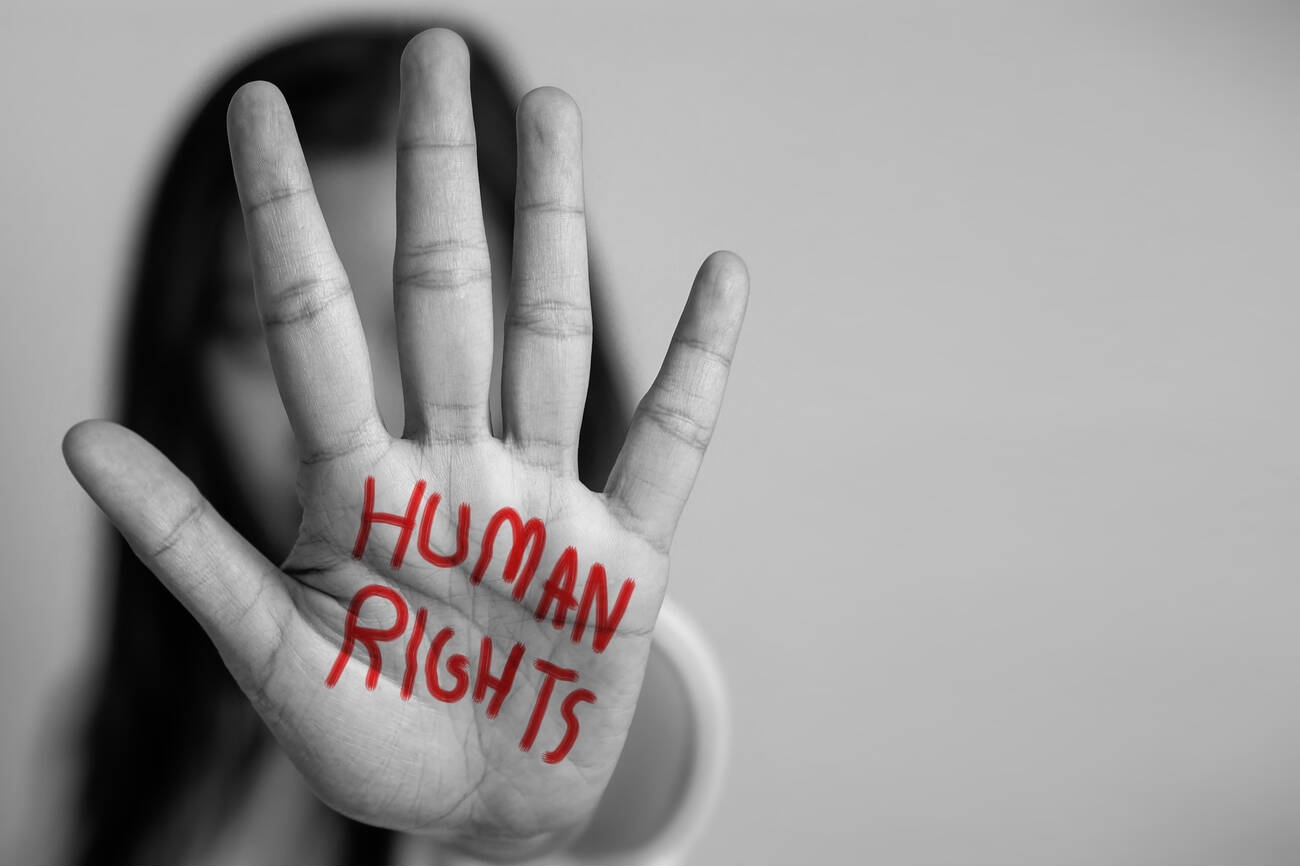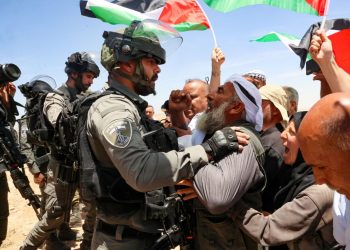Human Lives Human Rights: Many media claiming to support democracy, freedom of speech and human rights, contrary to their claims, have a double approach regarding human rights events.
That is, where the interests and political expediency of these media are met, they provide full coverage of human rights events in different parts of the world, but on the other hand, in cases where it is against their interests, they try to remain silent about these events and make them subject to news and media boycott.
For example, among the missions of the opposition media, in addition to subversive goals, is to try to magnify some events, blacken and securitize the country’s social events. From the George Soros Foundation, Carnegie to dozens of western think tanks behind the curtain of the opposition media, they are responsible for the strategic management of directing messages to create chaos and crisis in Iran.
These media try to induce corruption and inefficiency to the audience by using high prices, inflation and environmental issues. This approach, under the support of the American and European governments, focuses on subversion and even disintegration in the Islamic Republic of Iran, and the media pursues this goal with various techniques.
For example, after the death of Mahsa Amini, there have been many riots in different cities of Iran. This unrest, with the wide coverage of the television network of the opposition media of the Islamic Republic of Iran, such as CNN, Reuters, Iran International, Voice of America (Persian); BBC Farsi has accompanied me and you.
It should be noted that during this period, the Iran International Network has tried to give a wide quotient to these conflicts and have a wide influence on the public opinion of Iranians inside and outside the country by interviewing people who oppose the Islamic Republic of Iran. To better understand the approach of these media, it is better to examine the human rights record of the Kingdom of Saudi Arabia, which is the main back of this TV channel.
The Kingdom of Saudi Arabia has a long history of suppressing and killing Shiites in the eastern regions of this country, such as Najd and Qatif. For example, in 2012, protesters participating in a peaceful march in the east region, located in the east of this country, who had humanitarian demands and wanted to improve their living conditions and individual and social rights, were shot by the regime’s officers with war bullets, as a result of which one young man was killed and six others were injured. Following the process, the number of people killed by the shootings of the security forces of the Saudi regime reached twelve people this year.
Mohammad bin Abdulaziz al-Safian, the Director General of the Public and Media Relations Department of Eastern Saudi Arabia, announced that all 488 houses in the Shiite neighborhood of Al-Masura in Al-Awamiyah, Eastern Arabia, were destroyed.
Shiites living in “Al-Masoura” neighborhood have been displaced after the destruction of their houses. Saudi Arabia claims that the destruction of the houses of Al-Masura neighborhood is carried out in the framework of the implementation of the improvement project in this area.
This is a demagogic claim while the satellite images taken from Al-Awamiyyah in Saudi Arabia show the large amount of house destruction by the Saudi security forces.
In order to better understand how and the quality of the repression of Shiites in Saudi Arabia, you should pay attention to this matter. The region of “Qatif” and “Al-Ahsa” is the largest region in Saudi Arabia, constituting 27.6% of the total area of the country.
The eastern region has a rich economy due to the largest oil reserves in the world, and oil industries such as oil production, natural gas industries, and petrochemical industries make up its economy. The eastern provinces of Saudi Arabia also have natural resources, including the best dates.
The eastern region of Saudi Arabia is the country’s gateway to the member countries of the Persian Gulf Cooperation Council, because 60% of ports to this country pass through this region and 66% of non-oil product exports are loaded through the country’s ports. However, the people of the eastern region are exposed to all kinds of violations and crimes, including destruction of buildings and natural monuments, destruction of houses, arrest of activists, deportation of families, enforced disappearance, systematic torture, unfair trials and execution.
The reasons for the intensification of repression against the people of the eastern region of Saudi Arabia are primarily because this region historically contains an opposition group that rejects the government’s actions in looting the country’s wealth and persecuting the people of the Arabian Peninsula. This is clearly evident in the Muharram uprising of 1979 and then in 2011.
The National Centre for Research and Development (NCRD), in a detailed investigation, listed the types of human, cultural and social violations of the Saudi regime in Al-Ahsa and Al-Qatif regions of Eastern Arabia as follows:
Al Saud regime destroyed many forts and dozens of agricultural hectares in Al-Ahsa and Qatif regions under the pretext that weapons are being smuggled to the Saudi opposition in these areas. Saudi authorities also demolished many neighborhoods in Qatif, homes and commercial shops, the most recent of which was on October 2, 2022 in central Qatif as part of an alleged plan to “develop” King Abdulaziz Street.
These destructions include mosques, endowments, as well as archeological and historical buildings that show the heritage and history of Qatif. The “Al-Masurah” neighborhood in the center of Al-Awamiya was also destroyed. Al Saud confronts the Shiite religious rituals of the eastern region. With the beginning of the month of Muharram, this regime uses every means to prevent Ashura and Husseini ceremonies. The Saudi regime makes efforts to limit the Ashura ceremony, ban the Husseini processions and threaten the pilgrims.
Determining the level of loudspeakers, installing banners and flags over houses, mosques and roads is another story. The Saudi authorities deal with any action that is taken to hold the Husseini ceremony in the streets and alleys.
The repression against the people of Al-Ahsa and Qatif has been intensified in such a way that the Al Saud security forces raid the homes of the people of this region and arrest them on false charges. The arrest of Shiite activists in Saudi Arabia in the eastern provinces takes place without specific or clear charges. This is while the Al Saud regime tortures activists in prison after arresting them. Detainees are denied communication with their families and the right to a lawyer. This regime relies on “anti-terrorism” laws to justify the suppression of Shiite activists.
The Saudi government accuses those who express their opinion of “disrupting the public order of the country or the security of society.” Insulting Al Saud or harming one of the country’s public facilities or natural resources or criticizing the government’s policies, regardless of whether a Saudi citizen or a foreigner, inside or outside the country, can be tried as a “terrorist” inside Saudi Arabia.
The arrest of Shiite clerics and the issuance of long prison sentences against them in Qatif and Al-Ahsa regions have also intensified. In July, the Saudi security services carried out heavy raids in Qatif, Al-Ahsa and Al-Dammam, and without any preamble, they arrested Abdul Majeed bin Haji Al-Ahmad, who is one of the professors of the seminary.
The Saudi authorities also recently arrested Sheikh Muhammad Al-Abad, a Saudi cleric, without any explanation or justification. The number of Saudi clerics and Shiite personalities who are currently in prison has reached 20 people. According to Al-Jazeera Mirror, the names of these people are as follows: 1. Sheikh Abdul Jalil Al-Eythan 2. Al-Sheikh Hassan Al Zayed 3. Sheikh Hossein Al-Razi 4. Sheikh Badr Al Talib 5. Sheikh Mohammad Hassan Al Habib 6. Al-Sayed Jafar Al-Alawi 7. Sheikh Habib Al Khabaz 8. Sheikh Mohammad Zainuddin 9. Sheikh Samir Al Hilal 10. Sheikh Abbas al-Mazni 11. Sheikh Fathi al-Janoubi 12. Sheikh Abdul Latif Al Nasser 13. Sheikh Abbas Al-Saeed 14. Seyyed Khizr al-Awami 15. Seyyed Hashem al-Hashem 16. Sheikh Fazel Hilal Al Jami 17. Sheikh Ali al-Ma’a 18. Seyyed Mohammad Reza Al-Sulman 19. Sheikh Mojtaba Al-Nimr 20. Sheikh Abdul Majid Al-Ahmad.
The Saudi authorities arbitrarily arrested the clerics and then organized an unfair trial for them, denying them the right to defend themselves or appoint a lawyer. Then they issued heavy sentences for them. So that their lives are in danger due to the deprivation of treatment and medicine, even some of them suffer from chronic diseases.
The Al Saud regime also targets Shia women in the eastern provinces. For example, after the cancellation of the death sentence of “Esraa Al-Ghogham”, a Saudi Shiite activist, the Saudi prosecutor announced an 8-year prison sentence against her. This is while the Saudi authorities recently sentenced Shia human rights activist Salmi al-Shahab to 34 years in prison for criticizing the House of Saud in a tweet. Also, the Saudi court, after issuing a final sentence of 7 years in prison for “Sakeena Al-Dakhil”, increased the punishment issued against her to 12 years.
The policy of execution against the detained residents of Qatif continues, which confirms the sectarian discrimination that Saudi Shiite citizens are exposed to, as the Al Saud martyred Sheikh “Nimr Baqir al-Nimr”. They targeted and executed this prominent Shiite cleric of Saudi Arabia in the most horrible way.
Children under the legal age in the Shiite region of Saudi Arabia are still exposed to execution. Human rights organizations announced that the Al Saud regime is manipulating the case of the execution of minors to mislead the international community.
The media announced that 8 Shia children have been executed by Saudi leaders and all of them have been accused of opaque and suspicious crimes. Among those executed, the name of “Abdullah Al-Hwaiti” is visible. The person who is the youngest person to be executed.
The Al Saud regime applies the policy of forced disappearance against the people of Qatif and Al-Ahsa. The forced disappearance carried out by the Al Saud in some cases is a prelude to the execution of activists and critics. There are many violations by the Saudi regime against the freedom of expression of the prisoners, but the most obvious of them is the prohibition of having a lawyer and the permission to defend themselves.
Keeping corpses is another type of violation of Al Saud, which is applied to the freedom of speech prisoners, including against the people of Qatif and the whole country, as the bodies of the victims are seized after the execution, as the body of Sheikh Baqir al-Nimr was not handed over after the execution.
Although the Shiites of Saudi Arabia have had many problems during the various periods of Al Saud rule, but with the coming to power of “King Salman” in 2015 and his son Mohammed bin Salman becoming the crown prince, special conditions have prevailed against the Shiites in this country, to the extent that they are not even allowed to hold the Muharram ceremony, while Shiites are allowed to hold the Muharram ceremony even in Western countries.
The people of Qatif region are very upset and dissatisfied with the strictness of the Saudi authorities and their anti-religious actions regarding the cancellation of the Muharram mourning ceremony and the removal of banners and other actions of Al Saud.
So far, dozens of Shiites in Qatif region have been arrested by the Al Saud security apparatus. Arrest of Shiite activists and opponents of the Saudi government has always existed in Saudi Arabia, but since Mohammed bin Salman became the crown prince in June 2017, the process of arrests and repression of Shiites and Saudi opponents has increased significantly, to the extent that in May 2019, the Saudi government executed 37 people and beheaded them coldly.
About 10 to 15 percent of Saudi Arabia’s population is made up of Shiites, who mainly live in Al-Sharqiya province. Eastern Arabia has been the scene of protests against the Al Saud regime since 2013 in protest against injustice and unfair distribution of wealth. The protesters are demanding the release of all political prisoners, the right to freedom of speech and assembly, as well as the end of widespread discrimination.
But Al Saud’s anti-human treatment of the opposition and minorities in this country is the peak of sectarian and anti-human treatment of this regime. Al Saud’s insane behavior against the opposition, especially in the Shiite areas in eastern Arabia, can be evaluated this way.
By destroying the living areas of the opponents and protesters, the Al Saud regime has practically denied the right to life. The Al Saud’s performance in intensifying the demographic and geographical changes in the Shiite areas of this country has caused public opinion concerns.
Political developments in Saudi Arabia have shown that with the transfer of power in the Al Saud family, there is no change in the general policies of this primitive political regime based on authoritarian components. The aggravation of human rights violations in Saudi Arabia and the lack of any prospect of a turnaround in the authoritarian policy of the Saudi rulers have increased concerns about the further violation of human rights in this country.
Although Al Saud’s repression includes all the people of this country, the Saudi Shiites are facing a more severe and widespread violation of human rights.
With a sectarian approach to politics, Al Saud views Saudi Shias as “second-class citizens”. This view causes the Shiites of Saudi Arabia to be deprived of their basic rights and to witness the comprehensive discrimination of Al Saud.


















